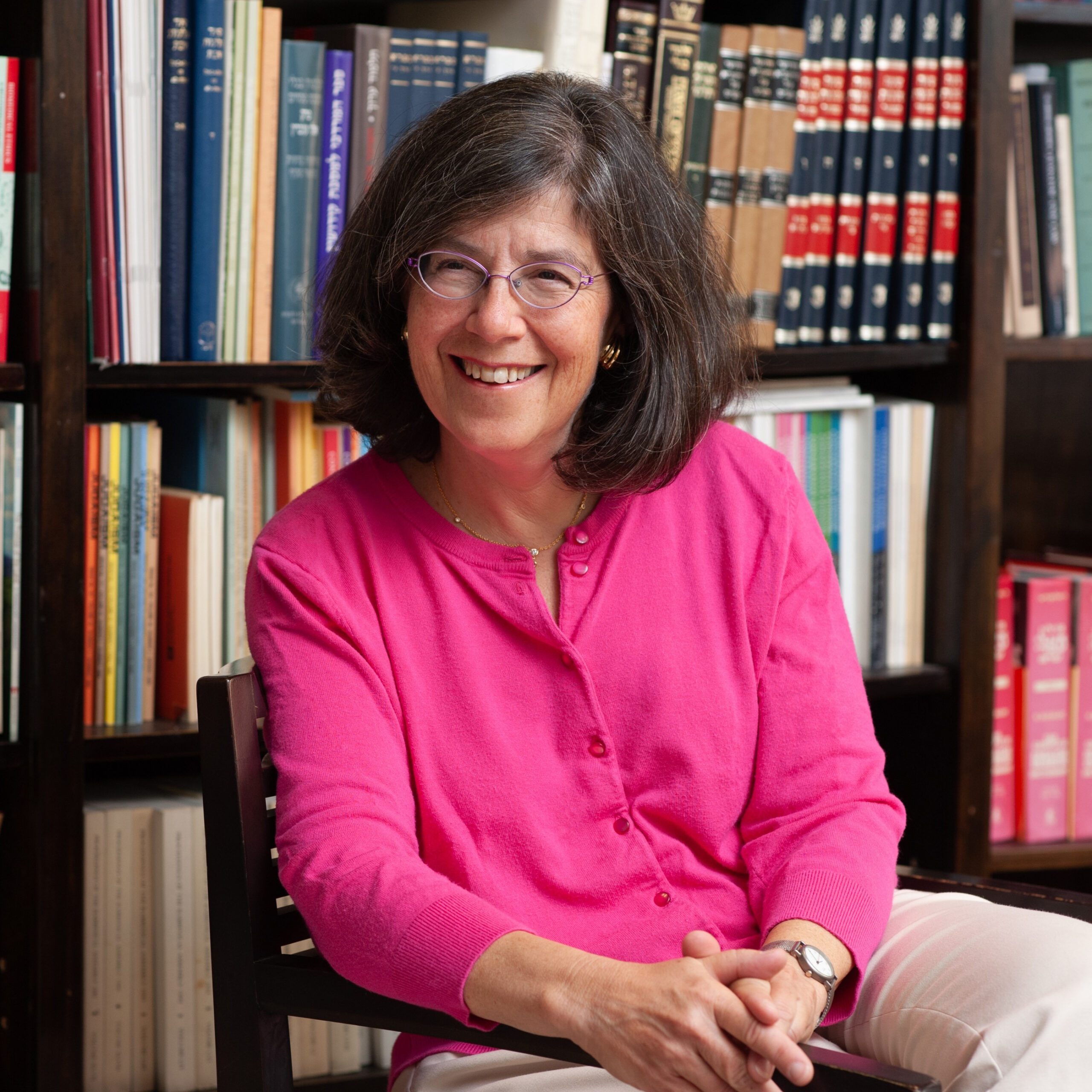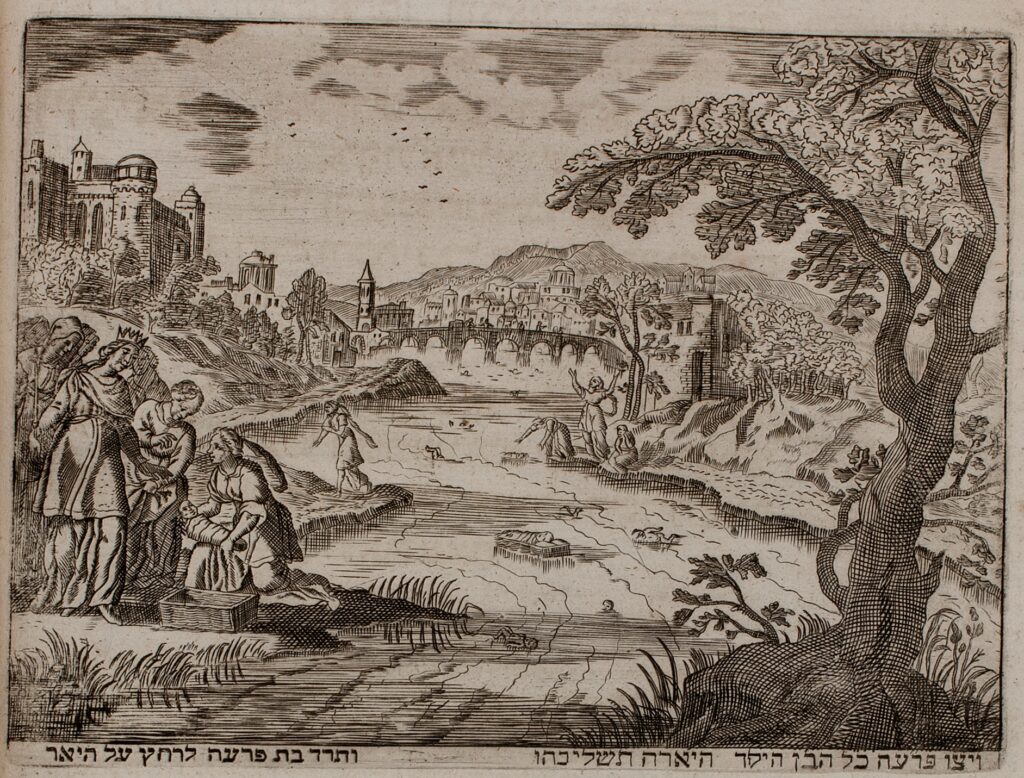Across the Divide: Tips for Hard Conversations at the Seder Table

Many of us are approaching seder this year with concern about seemingly unbridgeable divides about Israel. It’s tempting to try to avoid difficult conversations, but Passover isn’t merely a holiday of gratitude for a past redemption—it calls us to move toward transformation and freedom internally and externally, individually and collectively, especially with those closest to us. It is no accident that the haftarah chosen for the Shabbat preceding Pesah (Shabbat HaGadol) is the prophet Malakhi’s vision of redemption, expressed precisely as intergenerational reconciliation:
Lo, I will send the prophet Elijah to you . . . He will reconcile parents with children and children with their parents.
(Malakhi 3:23–24)
Simply avoiding the hard issues and tamping down disagreement misses both the opportunity and mission of the seder. Why? Because this promise of redemption, transformation, and freedom is to be accomplished at the seder table precisely through the mechanism of storytelling, encouraging the next generation to ask new questions, and engaging in deep conversation.
So for those not merely bracing for but willing to embrace tough discussions, here are some suggestions for how to invite disagreement without disagreeableness. Doing all of them would be too much, and they won’t all work for every group, but you might choose one or two of these ideas to try with your family and friends.
FIRST, DO SOME PRE-WORK
We do a ton of physical preparation for the seder meal: cleaning, shopping, cooking, and setting a festive table. A redemptive discussion also requires preparation. Set your expectations for the tone of the discussion you want to have in advance, and give your guests time to prepare. Here are two ways of signaling to everyone invited that no one will be labeled the “wicked child” for voicing a particular view, while stressing that the goal is listening and learning:
- Witnessing a respectful conversation among people with different viewpoints primes everyone to try to engage similarly. You might want to ask your guests to watch this short video, which models productive conversation. Let your guests know that the subject matter isn’t the point (it has nothing to do with Israel), but that this is the kind of conversation you’d love to have at the seder.
- A second form of pre-work is to send out a covenant with norms for conversation and ask everyone to commit to it. You may adapt the following to your needs and perhaps invite your guests to suggest additional commitments.
- Loving each other. All of us will be at this particular seder because we’re loved. It’s such a blessing and gift to share Pesah with loved ones, and we treasure that. We’re going to keep our love for each other central, even when we strongly disagree, and we’ll be generous in expressing our love, admiration, gratitude, and appreciation for each other.
- Judging on the side of merit (Dan l’khaf z’khut). We’ll assume the best about each other. We’re all good people. We all want to do the right thing, we’re all compassionate and loving, we all care about the Jewish people, and we all care about humanity. We all value peace and justice. We won’t attack anyone or challenge anyone’s integrity, morality, loyalty, intelligence, or intentions.
- Listening actively and generously. We’ll do our best to listen deeply without interrupting. We’ll strive to understand and show respect for others and their views—even when we don’t agree.
- Speaking for understanding, not persuasion or agreement. We’ll speak with the goal of being heard, understood, and respected, not to prove someone wrong or change anyone’s mind. We’ll try to use “I” statements and speak from our own experience. We’ll be mindful of keeping our own comments on the short side so everyone gets a chance to speak. Soapboxes are hereby declared hametz and banned from the table!
- Demonstrating curiosity. We’ll be genuinely curious about each other’s views and seek to understand them. We won’t mask contempt or dismissal in the guise of a question (masks were for Purim, not Pesah).

SECOND, FRAME YOUR SEDER DISCUSSION AT THE BEGINNING OF THE EVENING
Beginnings are extra important in any gathering. So even if you’ve done some pre-work, set the tone for the discussion at the start of the evening or the start of the of maggid (the telling of the story). The Haggadah offers great fodder for “framing.” Here are four examples:
- The Haggadah lifts up questions as the primary modality of redemption. Curiosity, not persuasion nor defense, moves us to freedom. I hope we’ll all embrace that curiosity with each other and resist the urge to try to sway someone to our side.
- On Pesah, we remember our oppression/slavery in ancient Egypt and our redemption. We also discuss enslavement and freedom metaphorically—for example, the ways we’re enslaved by our own worldviews, echo chambers, habits, self-images, and roles. I think it would be liberating if tonight, with each other, we could release our need to defend a viewpoint and allow ourselves to share things we’re less sure about, even positions of our own side that trouble us. And instead of each of us rehearsing what we usually say, what if we tried to surprise ourselves and each other by stepping out of our usual roles and positions?
- The Passover seder invites us to think about both the power and complexity of storytelling. In the Haggadah, the story of our exodus from Egypt is told from two different starting points, each yielding different meanings. From this we learn that a story can be told in more than one way, that no version of a story is complete, and that where the story goes—and what it means—depends to a great extent on where we choose to begin it.
It’s also notable that we don’t read from the Book of Exodus. We read retellings and interpretations of the story and often tell it in our own way. This reminds us that the seder isn’t about recounting objective facts but making meaning—sharing what the story means to us and the lessons we draw from it. Tonight, we’re each here with our own particular personal stories, plus stories about the events in Israel, Gaza, and here in the United States. I hope we’ll share and talk about those stories in the way the Haggadah invites us to, by recognizing that every telling is partial and that we’re all trying to make meaning.
- Some people like to talk about the ways in which every character in the story represents us. Consider in what ways are we similar to the people Israel, the average Egyptian, Shifra and Puah, the taskmasters, Miriam or Moses, Pharaoh or Pharaoh’s daughter, or Nahshon? This practice teaches us to experience the same story from multiple perspectives and to empathize with each different version. I’d love to try that tonight with the Exodus story, and with what’s going on in our world.
You could also open your seder with a reading or poem that invites people into the kind of conversation you want to have. Here’s one of my favorites.

THIRD, HAVE THE CONVERSATION
Here are some suggestions for starting and shaping discussion within the seder itself:
1. As Chancellor Shuly Schwartz notes in her Passover message, many commentators understand the four children as referring to four different parts of each one of us–all of us are wise, wicked, simple, and don’t know. Seder participants might be invited to share how each of the four children is reflected in the way they see what is happening in Israel and Gaza with the following questions:
- What’s my deepest wisdom and truth?
- What thought or feeling makes me feel wicked or disloyal?
- What seems so simple and obvious to me that I can’t believe other people see it differently?
- What seems so complex that I don’t know what to think or even how to ask the questions I’m sitting with?
2. Merle Feld’s poems and discussion prompts provide a subtle way to shape conversation. The first poem, “Leaving Egypt,” is especially helpful because it focuses on the difficulties and opportunities that come in times of change. One might use the poem to name the things that frighten and support us in uncertain times, allowing the conversation to naturally turn to what frightens us and offers us support in regard to Israel and Gaza.
3. If you have a group that is ready for a challenge, you might ask them to identify at least one text or idea from the Haggadah that runs contrary to their own passionately held views, and say one sentence about how they will engage with that teaching (for this purpose, rejecting it is off the table). It’s easy to point and say, “See, the Jewish tradition agrees with me!” But it’s more important and potentially transformative to notice where a text or idea in our tradition supports another’s viewpoint.
EMBRACE HOPE AND JOY
The essential message of the Passover seder is that even in the face of seemingly intractable difficulty, change and renewal are possible, and that deep, hopeful conversation has immense transformative power. May it be so with us. May you be blessed with loving, creative, redemptive conversations. And may they begin to part the seas of discord, so that we, the Jewish people and all humanity may find solid ground on which to walk toward a peaceful future together.
Hag Sameah.



